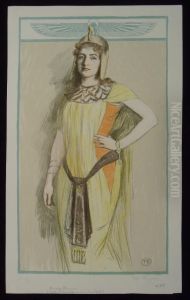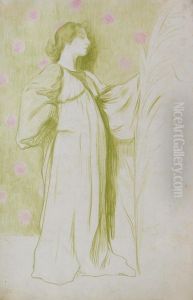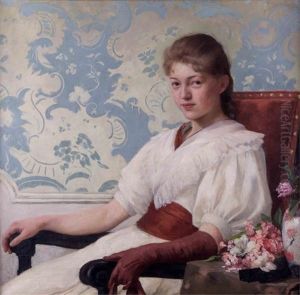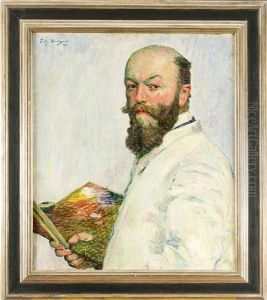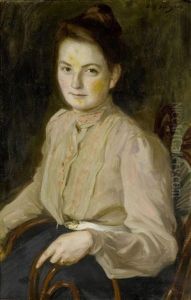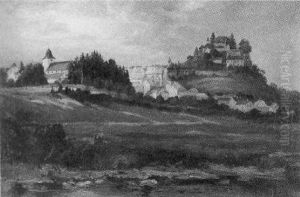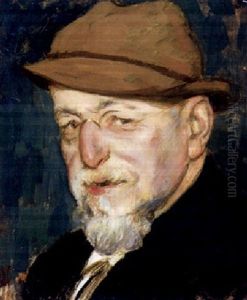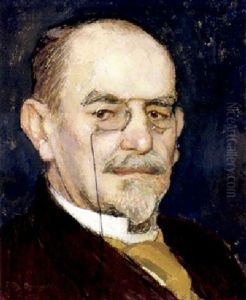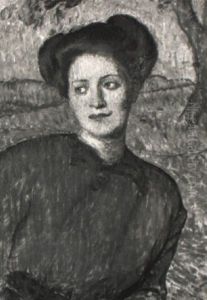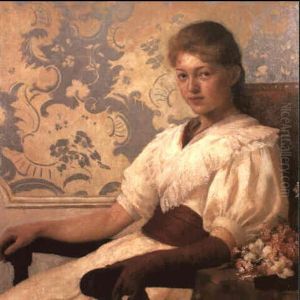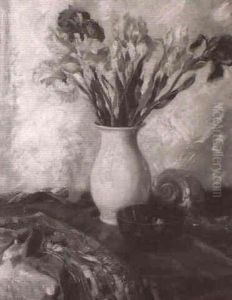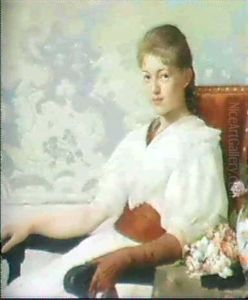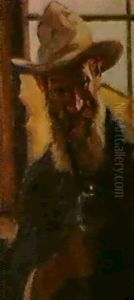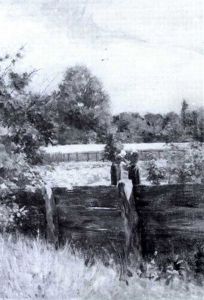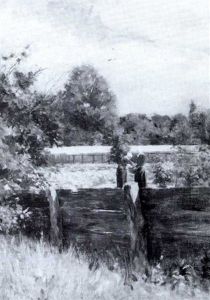Fritz Burger Paintings
Fritz Burger-Mühlfeld, known as Fritz Burger, was a German painter and printmaker associated with the Symbolist movement and the Munich Secession. He was born on June 23, 1877, in Munich, Germany. Burger showed an early talent for art and pursued his studies at the Munich Academy of Fine Arts, where he was influenced by the works of Arnold Böcklin and Max Klinger, two prominent Symbolist artists of the time. His style combined elements of Symbolism, Art Nouveau, and Impressionism to create evocative and often allegorical works.
Burger's work is characterized by its exploration of themes such as love, death, and the metaphysical. His paintings often featured mystical landscapes, mythological figures, and dream-like atmospheres. He was also known for his skillful use of light and color, which added a sense of depth and emotion to his compositions. In addition to painting, he created woodcuts and other graphic works that contributed to his reputation as a multifaceted artist.
During his short life, Burger was active in the Munich art scene and participated in exhibitions with the Munich Secession, a group that sought to break from the conservative approaches of the establishment. Despite his contributions to the art world and his association with key movements of the late 19th and early 20th centuries, Burger did not achieve widespread recognition during his lifetime.
Fritz Burger's career was cut short by his untimely death at the age of 39 on September 20, 1916, during World War I. He left behind a body of work that, although not extensive, is notable for its intensity and the unique blend of styles that mark him as a significant, if somewhat overlooked, figure in the transition between 19th-century and modernist art. His works are held in various collections and continue to be studied by art historians interested in the Symbolist movement and early 20th-century German art.
